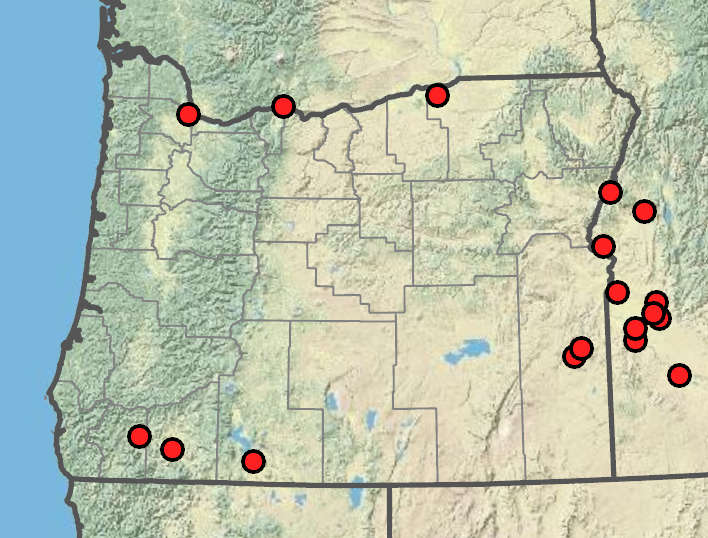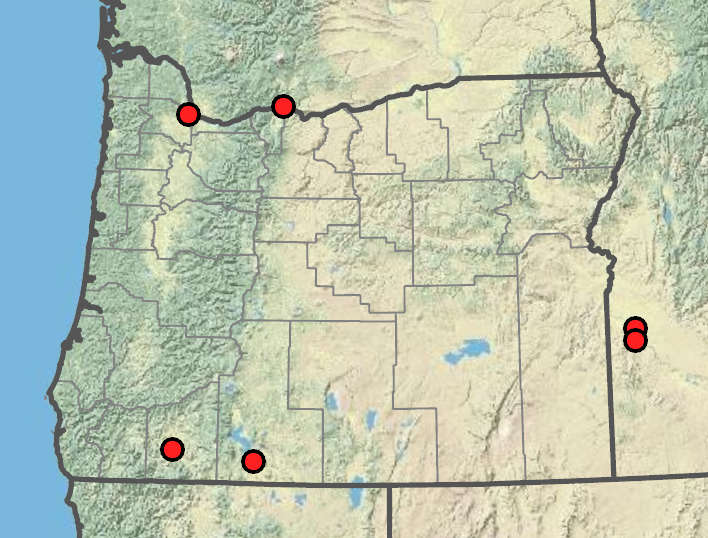Cuscuta indecora
Cuscuta indecora var. indecora
collared dodder
collared dodder
0.3–0.6 mm in diameter, yellow to orange.
loose to dense;
pedicels 0.5–6 mm.
5-parted, 3–4.5(5.3) mm; fleshy;
calyces cup-shaped, 50–75% as long as corolla tube, divided 33–50% of their length; creamy yellow to brownish, not reticulate, not shiny;
lobes triangular-ovate, overlapping at base;
margins entire;
tips acute;
corollas campanulate to campanulate-cylindric, 2.5–4(5) mm, white; creamy white to brown when dry;
tubes 1.7–3 mm;
lobes triangular-ovate, 30–100% as long as tube; erect to nearly so;
tips acute, inflexed;
stamens enclosed to barely exserted; < corolla lobes;
filaments 0.3–0.7 mm;
anthers 0.3–0.8 mm;
infrastaminal scales ? corolla tube in length;
styles evenly filiform;
stigmas capitate, globose.
2–3.5 × 1.9–4(5) mm, surrounded or capped by withered corollas.
2–4.
=30.
Cuscuta indecora
Cuscuta indecora var. indecora
Parasitic on a wide variety of hosts. Flowering Jul–Dec. 0–900 m. Col, ECas, Owy, Sisk, WV. CA, ID, NV, WA; widespread in North America; South America. Native.
The common name, collared dodder, describes the thickened, elevated ring at the tip of the capsule surrounding the base of the styles, a feature unique to this species among Oregon Cuscuta.
Katie Mitchell
- Local floras:
CA,
OR,
WA
- Local Web sites:
CalFlora,
CalPhotos,
Flora NW,
PNW Herbaria
WildflowerSearch
iNaturalist (observations)
USDA Plants Database
- LBJ Wildflower Center
- SEINet
- Plants of the World Online
- Encyclopedia of Life
- Wikipedia
- Google Image Search



